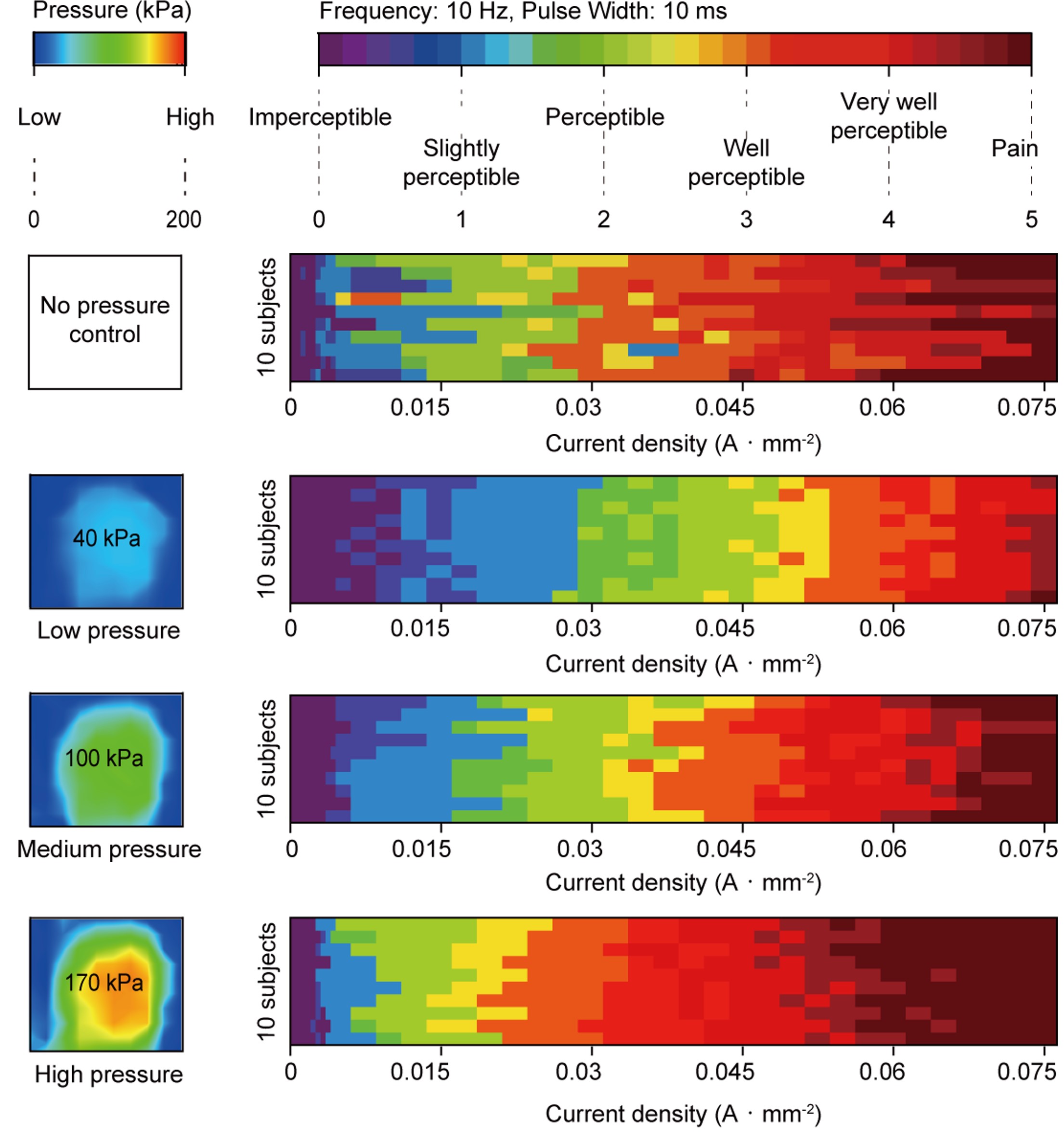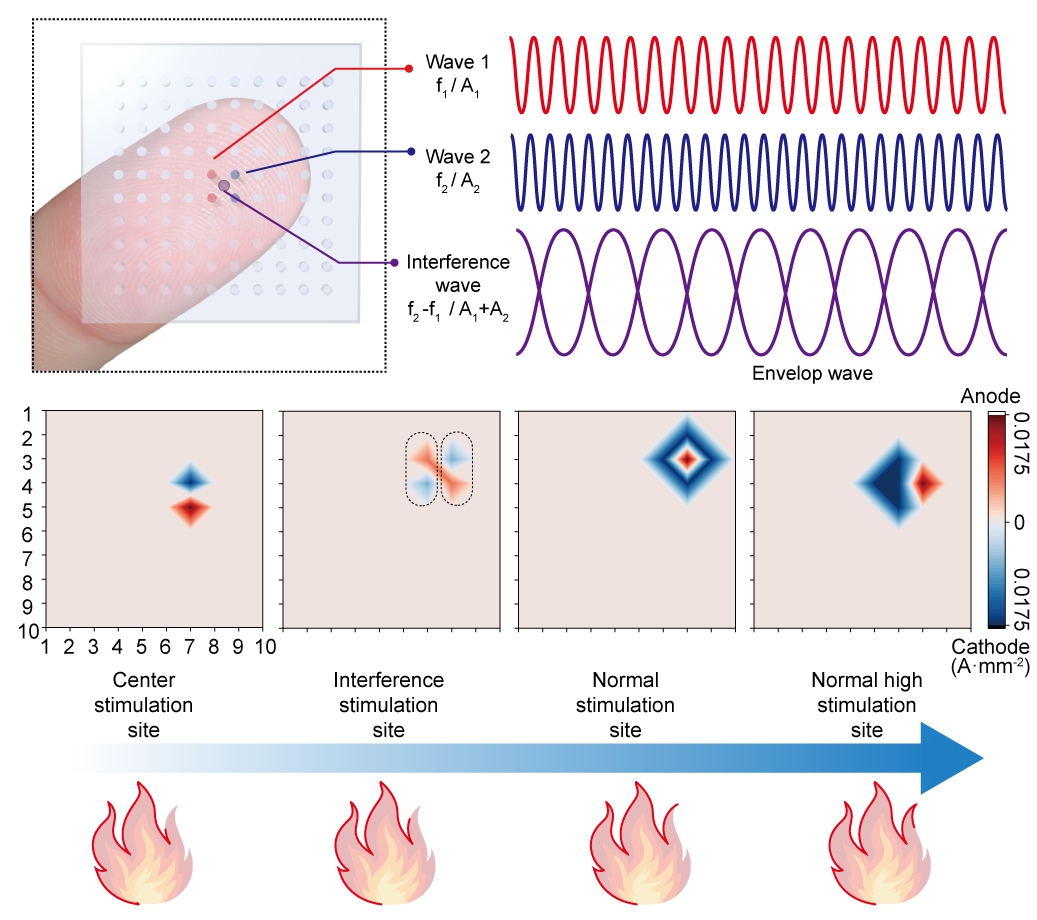주메뉴
- About IBS 연구원소개
-
Research Centers
연구단소개
- Research Outcomes
- Mathematics
- Physics
- Center for Theoretical Physics of the Universe(Particle Theory and Cosmology Group)
- Center for Theoretical Physics of the Universe(Cosmology, Gravity and Astroparticle Physics Group)
- Center for Exotic Nuclear Studies
- Center for Artificial Low Dimensional Electronic Systems
- Center for Underground Physics
- Center for Axion and Precision Physics Research
- Center for Theoretical Physics of Complex Systems
- Center for Quantum Nanoscience
- Center for Van der Waals Quantum Solids
- Chemistry
- Life Sciences
- Earth Science
- Interdisciplinary
- Institutes
- Korea Virus Research Institute
- News Center 뉴스 센터
- Career 인재초빙
- Living in Korea IBS School-UST
- IBS School 윤리경영


주메뉴
- About IBS
-
Research Centers
- Research Outcomes
- Mathematics
- Physics
- Center for Theoretical Physics of the Universe(Particle Theory and Cosmology Group)
- Center for Theoretical Physics of the Universe(Cosmology, Gravity and Astroparticle Physics Group)
- Center for Exotic Nuclear Studies
- Center for Artificial Low Dimensional Electronic Systems
- Center for Underground Physics
- Center for Axion and Precision Physics Research
- Center for Theoretical Physics of Complex Systems
- Center for Quantum Nanoscience
- Center for Van der Waals Quantum Solids
- Chemistry
- Life Sciences
- Earth Science
- Interdisciplinary
- Institutes
- Korea Virus Research Institute
- News Center
- Career
- Living in Korea
- IBS School
News Center
| Title | Improved Electrotactile Technology Enables Uniform Tactile Sensation Across Displays | ||
|---|---|---|---|
| Embargo date | 2024-09-09 16:53 | Hits | 8 |
| Press release |
 Improved Electrotactile Technology Enables Uniform Tactile Sensation Across.docx
Improved Electrotactile Technology Enables Uniform Tactile Sensation Across.docx
|
||
| att. | |||
Improved Electrotactile Technology Enables Uniform Tactile Sensation Across Displays- Transparent Pressure-Calibratable Interference Electrotactile Actuator (TPIEA) offers consistent virtual haptic technology for VR and AR users - A virtual haptic implementation technology that allows all users to experience the same tactile sensation has been developed. A research team led by Professor PARK Jang-Ung from the Center for Nanomedicine within the Institute for Basic Science (IBS) and Professor JUNG Hyun Ho from Severance Hospital's Department of Neurosurgery has developed a technology that provides consistent tactile sensations on displays. Virtual haptic implementation technology, also known as tactile rendering technology, refers to the methods and systems that simulate the sense of touch in a virtual environment. This technology aims to create the sensation of physical contact with virtual objects, enabling users to "feel" textures, shapes, and forces as if they were interacting with real-world items, even though the objects are digital. The technology is seeing increasing uses in the realms of virtual reality (VR) and augmented reality (AR), where it is used alongside visual and auditory cues to bridge the gap between the virtual and physical worlds. Notably, electrotactile systems, which generate tactile sensations through electrical stimulation rather than physical vibrations, are emerging as promising next-generation tactile rendering technologies. The sensation of touch is mediated by mechanoreceptors, which are tactile sensory cells located in the skin that transmit tactile information to the brain in the form of electrical signals. Electrotactile systems artificially generate these electrical signals, thereby simulating the sense of touch. Precise and varied tactile experiences can be created by adjusting current density and frequency. Despite their potential, existing electrotactile technologies face challenges, particularly in safety and consistency. Variations in skin contact pressure can lead to unstable tactile sensations, and the use of high currents raises safety concerns. To address these issues, the IBS research team developed a Transparent Pressure-Calibratable Interference Electrotactile Actuator (TPIEA). TPIEA comprises two main components: an electrode section responsible for generating electrotactile sensations and a pressure sensor section that adjusts for finger pressure. Researchers greatly reduced the impedance of the electrode by applying platinum nanoparticles to an indium tin oxide-based electrode. This not only decreased impedance compared to conventional electrodes but also achieved a high transmittance of approximately 90%. The integrated pressure sensor ensures that users experience consistent tactile feedback regardless of how they touch the display. Moreover, the research team conducted a Somatosensory Evoked Potential (SEP) test to quantify tactile sensations. By examining the responses of the user's somatosensory system to variations in the current and frequency of electrotactile stimulation, they were able to quantitatively differentiate and standardize tactile sensations. The team successfully implemented over nine distinct types of electrotactile sensations, ranging from those resembling hair to those resembling glass, depending on the current density and frequency of the electrical stimulation. The team further demonstrated that the TPIEA could be integrated with smartphone displays to reliably produce complex tactile patterns. Additionally, the research introduced interference phenomena into the realm of electrotactile technology. The interference phenomenon pertains to the alterations in frequency and amplitude that occur when two electromagnetic fields overlap. This allowed the researchers to elicit the same intensity of electrotactile sensation with a current density that is 30% lower than previously required and to achieve an approximate 32% enhancement in tactile resolution. This research demonstrates the highest level of tactile resolution among current electrotactile technologies, including the Teslasuit. Lead researcher PARK Jang-Ung remarked, "Through this electrotactile technology, we can effectively integrate visual information from displays with tactile information," and further expressed, "We anticipate that the findings of this research will significantly enhance the interaction between users and devices across various AR, VR, and smart device applications based on interference stimulation." This research has been conducted in collaboration with colleagues from Yonsei University Severance Hospital. It was published in Nature Communications on August 21, 2024.
The variations in electrical tactile intensity in relation to current density are examined under conditions of pressure compensation and in its absence. In the absence of pressure compensation, no discernible pattern emerges in the tactile sensations reported by users. Conversely, when pressure is uniformly compensated, the alterations in tactile sensations manifest consistently. It is evident that when the pressure exerted by the fingers is substantial, a heightened intensity of tactile sensation is perceived even at lower current levels.
Fabricated TPIEA was integrated into a transparent display to deliver tactile information corresponding to the video. When the TPIEA operates, pressure sensing occurs simultaneously, and tactile information matching the video is conveyed, allowing users to perceive the rolling of a ball through virtual electrotactile sensations implemented at their fingertips, even when they are blindfolded.
Through interference stimulation, a high-amplitude current can be generated, facilitating stimulation in areas devoid of electrodes. Presented above is a high-resolution implementation technique for flame shapes that can be achieved within an electric tactile device array. By strategically combining interference stimulation with single stimulation, it is possible to create intricate shapes, such as flames, at the fingertips. Notes for editors
- References
- Media Contact
- About the Institute for Basic Science (IBS)
|
|||
| before |
|---|
- Content Manager
- Communications Team : Kwon Ye Seul 042-878-8237
- Last Update 2023-11-28 14:20










 Figure
Figure 1. Consistent tactile sensation through pressure calibration
Figure
Figure 1. Consistent tactile sensation through pressure calibration Figure
Figure 2. Integration of TPIEA to smartphone display
Figure
Figure 2. Integration of TPIEA to smartphone display Figure
Figure 3. The principle of electrotactile technology and stimulation location through interference waves generated by interference phenomena
Figure
Figure 3. The principle of electrotactile technology and stimulation location through interference waves generated by interference phenomena

